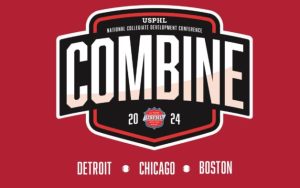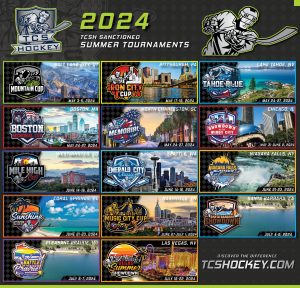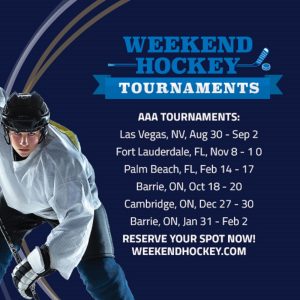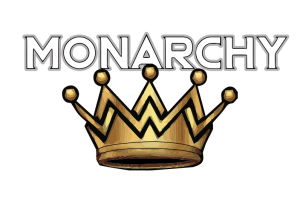Behind the Bench: Work hard and smart, get results

Years ago, I was helping a young athlete with an off-ice workout program.
Part of the training was running a course we did at Notre Dame called the Gauntlet. It’s brutal.
Run 1 mile in under 6 minutes. 3-minute break
Run ½ mile in under 3 minutes. 1:30 break
Run ¼ mile in under 1:15.
Done.
It’s tough.
If you’re a good runner, you can get it done, but if you’re not, that ¼ mile will become your torture chamber and demise.
The athlete I was training said he was willing to put in the work, and I believed him. So I added this special little treat to his workout once a week. Just to get a feel for his conditioning compared to Division I athletes.
His first session results:
1-mile time: 11:30. Fail
½ mile time: 6:15. Fail
¼ mile time 3:00. Fail
But it was his first time. That was expected. He kept working.
Eventually, with time and effort, he did REALLY well. He improved his times.
1-mile time under 9:00
½ mile time under 4:00
¼ mile time under 2:00
MAJOR improvements. I was proud of him. He worked really hard and saw results. Exactly what we are all after.
I had never met this player in person or seen him physically, just phone calls. Since he was actually doing the work, I got interested. I looked him up online. He was fit, slender, and athletic. How on earth is this kid only running a 9-minute mile? He is 16 years old. He should be crushing this.
I need to dig in.
I give him a call. “Hey, next time you run, send me a video. I want to see what’s up with your stride.”
I get the video, and my mouth drops.
The kid is running…
Backward.
What? Why? How? Who, would do that?
A phone call is made.
Me: Hey you know you’re running backward right?
The kid: Huh?
Me: Yeah, buddy, next time you run, turn around. Run with your face going toward your direction. See how that works out for you.
The kid: OK… sounds weird, but I will try it.
His times:
1 mile: Under 6
½ mile: Under 3
¼ mile: Under 1:15
All because he didn’t know the proper way to do it.
Crazy story, right? Who would do such a stupid thing?
I see it every day at the rink.
A player wants to become a better skater but continues practicing using bad skater habits.
A player wants to become better at stickhandling but doesn’t use proper technique.
A player wants to become better at passing but continues to pass improperly.
And so on…
You can get better at running a mile backward. The best can do it in about 5:30.
Pretty fast.
Or you can look around. Gain knowledge and do it in the most efficient way.
The fastest mile forward is about 3:40. Almost 2:00 faster. Crazy.
Moral of the story: work smarter, not harder.
Over the years, I have come to realize the value of mentorship (coaching) is worth almost any price of admission if the mentor is good enough. They should be able to share detailed tactics, why these tactics will work, and give multiple examples of them working.
They need to sell you on their process and it should have worked for other people. If that hasn’t occurred, run away.
There are no certifications for teaching hockey. Anyone can hang up a shingle and say, “Learn from me.” Be sure you’re learning the right things the right way.
How do you tell?
Here is what I did.
When I finally wised up, I was fortunate to learn from a guy named Jari Byrski (He is the guy in the middle of the picture). At the camps with me were Jason Spezza, Brett Burns (left in the picture, Nate Kallen at right), Steven Stamkos, and a ton of STILL PLAYING! (insane) NHL superstars.
We learned EXACTLY how to skate, stickhandle, move, and (sort of) shoot. I had the benefit of watching (at the time) NHL players learn this stuff so I thought it must be legit. Plus, I was learning in Canada, so it is definitely good. I am from Florida so anything and anyone from Canada was a hockey genius to a 13-year-old me.
After I learned this stuff, I had a model. Now, time to test that model.
I went back and watched Bobby Orr, Brian Leetch, Gordie Howe, Paul Coffey, Sergei Fedorov, and every great player in between.
What I learned was almost all those guys did similar (not exact) things Jari was teaching. There was a bell curve of normal movement that most of those top guys mirrored.
Voila!
Mirror the top guys I should be able to be a top guy. So that is what I did.
That is what I now teach. The amalgamation of years of study on the top guys. The best part is that model can change and mold if I get new information. Like a late-night conversation with a friend who just attended a camp while breaking into the NHL that was solely focused on quick starts. He blew my mind. Model updated…
The point is to verify the knowledge you are learning and then act.
Gain the knowledge and mentorship from someone who ACTUALLY KNOWS what they are doing, verify what they are telling you by watching the best in the world, and make sure they are doing that. If you are being told to do one thing but Connor McDavid does it differently, you might want to ask questions.
Then you can be sure you’re doing and practicing the right things.
Run your mile forward from the start. Don’t run backward and try to improve. You’re going to get better, but you will surely never beat the best forward runner!
Work hard and smart. Not just hard.
Noah Babin played NCAA Division I hockey at the University of Notre Dame and currently coaches with the San Diego Jr. Gulls youth hockey program.
(May 5, 2023)







